Tonight I decided to swap some of the ducklings around. I kept the three smallest ducklings with the three smallest chicks in the plastic bin. All the other ducklings were released into the brooder with the slightly older ducklings. Everything looks alright. We watched for a long time to see there wasn't any aggression, so I'm hoping all will be well tomorrow when we check in again.
Peg-leg Sue is doing well. She's somewhat mobile. She can move around the brooder anyway. She still falls over sometimes, but she's getting better. I did find her a few times today hiding behind the plastic container (that has the smaller ducks and chicks in it), away from the other ducks her size. On the flip side, I also saw her run over one of the smaller ducks when we let them loose in the brooder. I'm really hoping someone will adopt her.
Speaking of, Henrietta has been on egg laying strike for a month now. I hope she starts laying again. She's stopped, Quiche hasn't laid an egg since she went broody, and now Matt and Dashi are sharing a nest and hissing and snapping at any chick who wanders too close. No fresh eggs for now. But maybe some more ducklings when Dashi and Matt start hatching their eggs out.
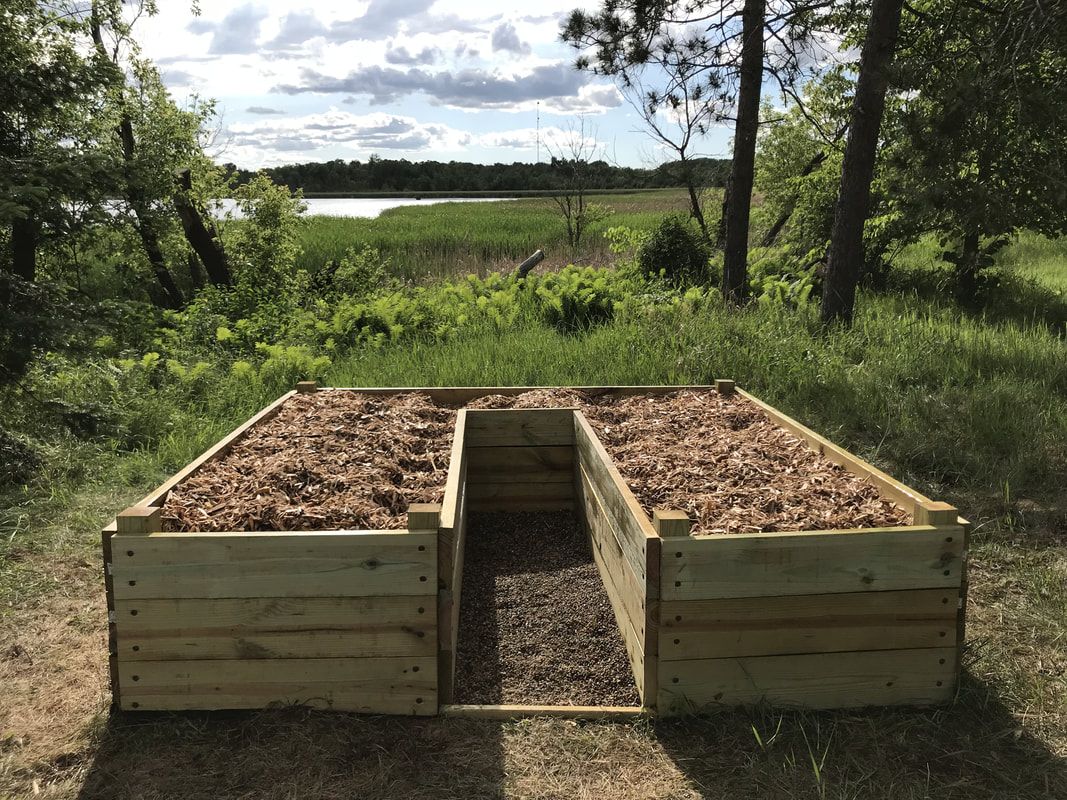
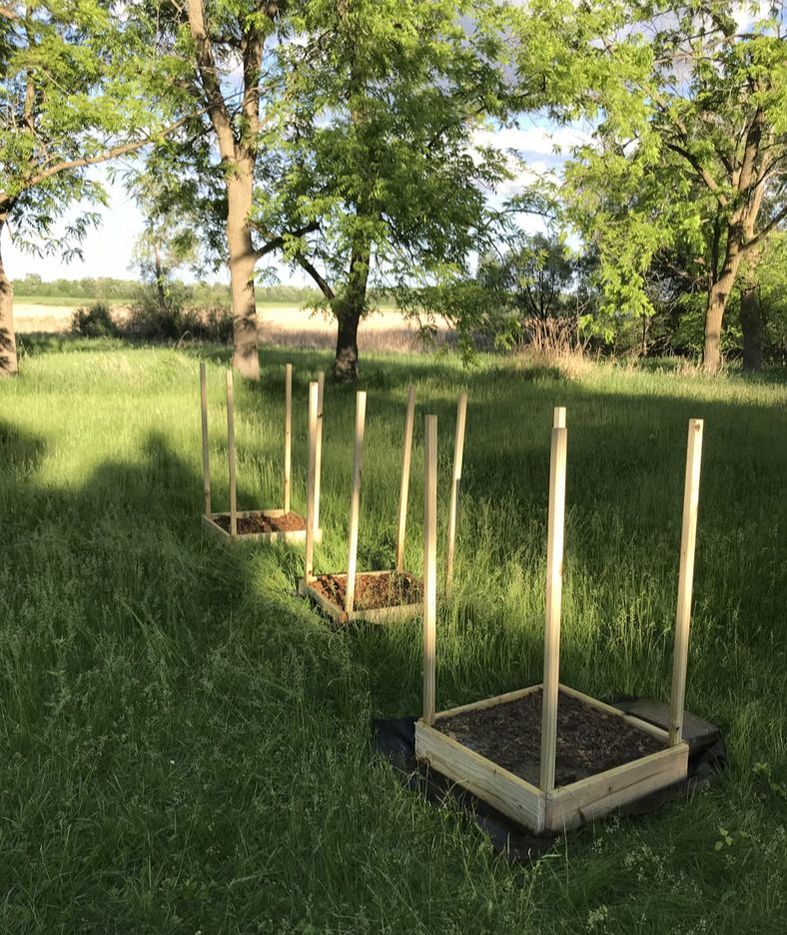
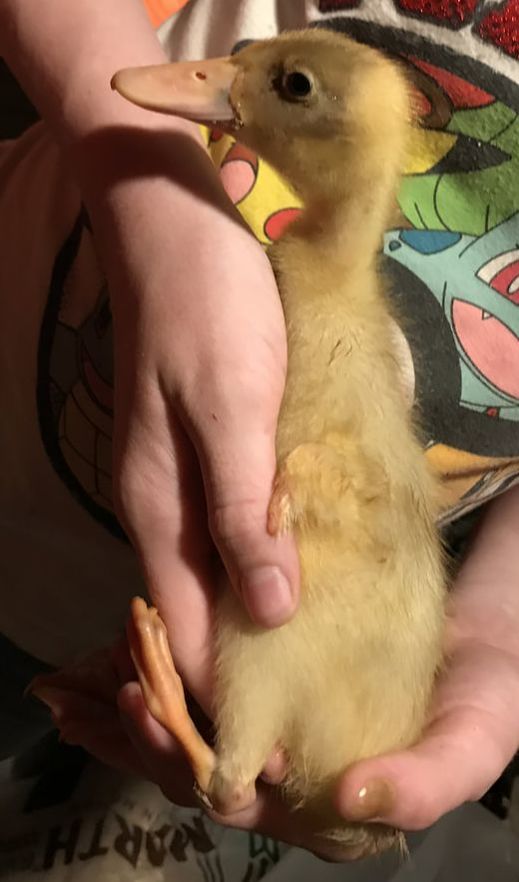
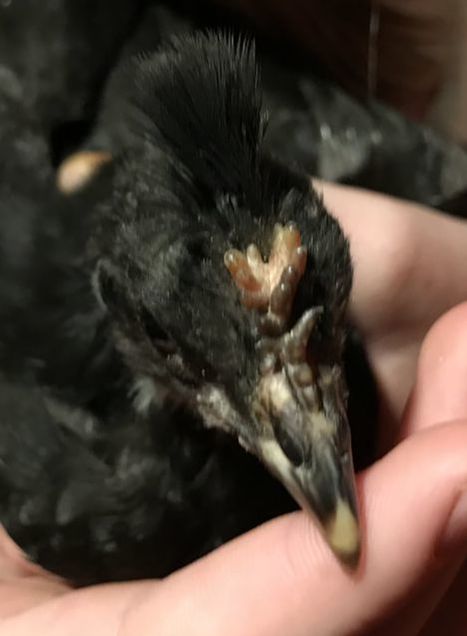
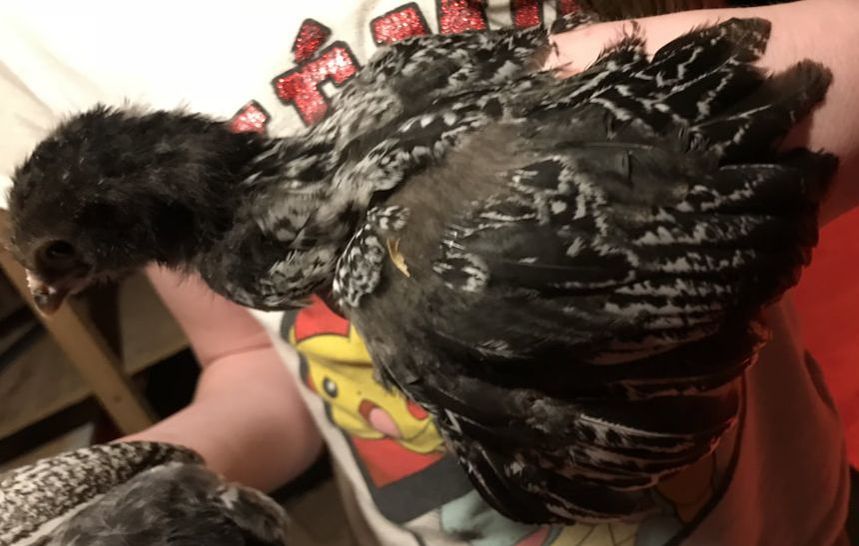
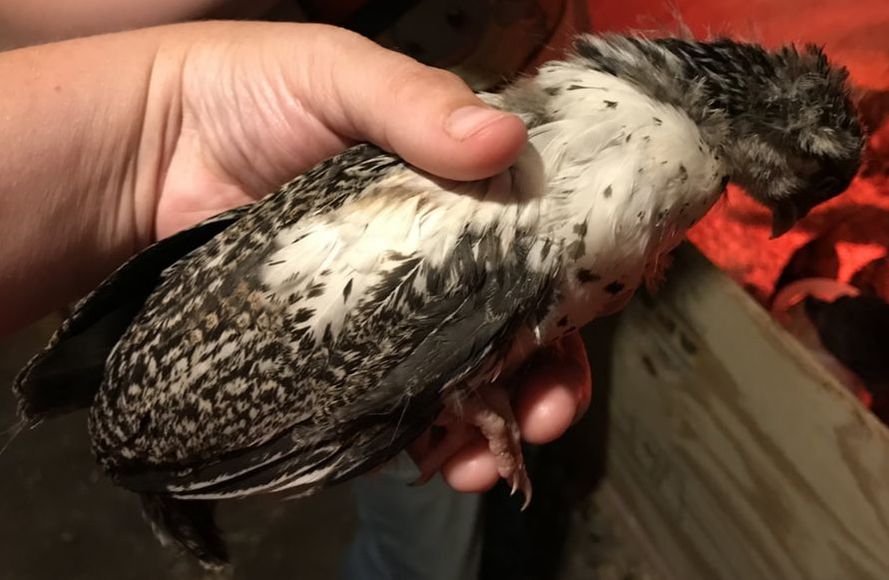
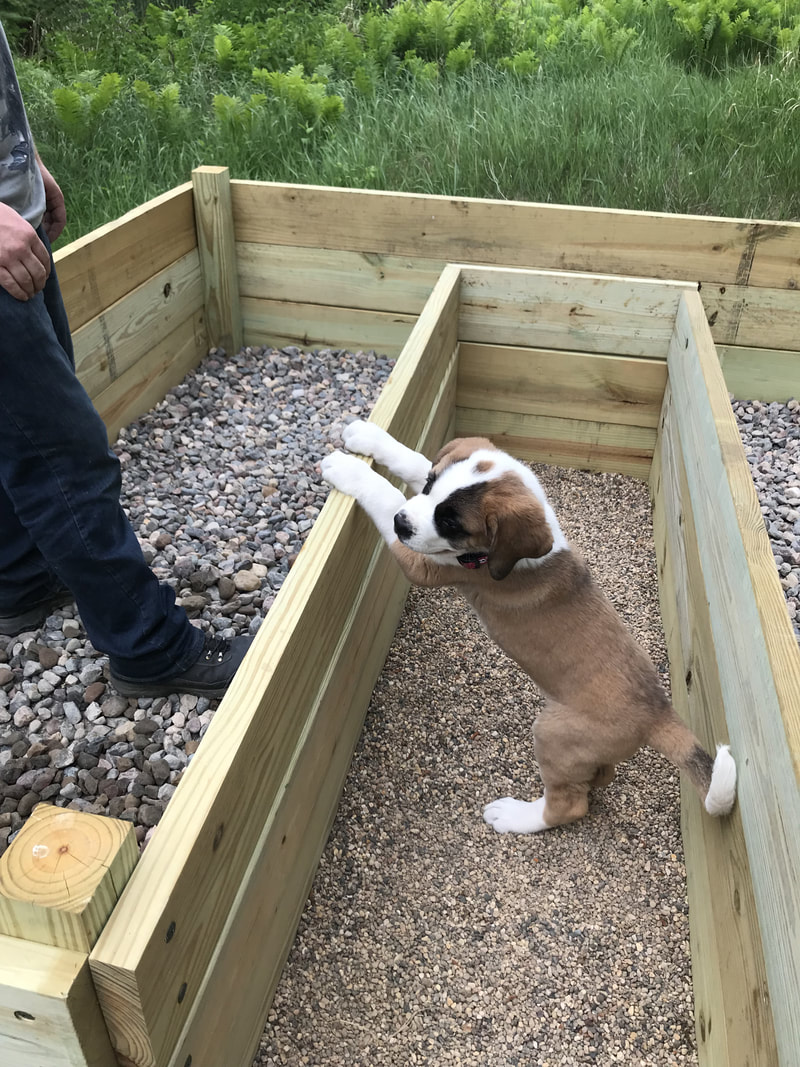
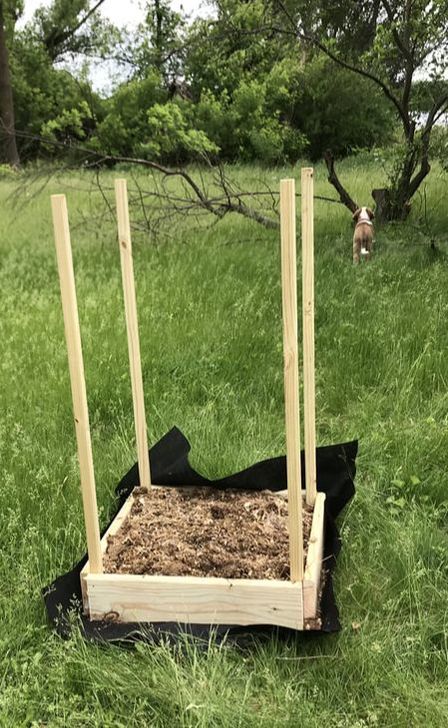
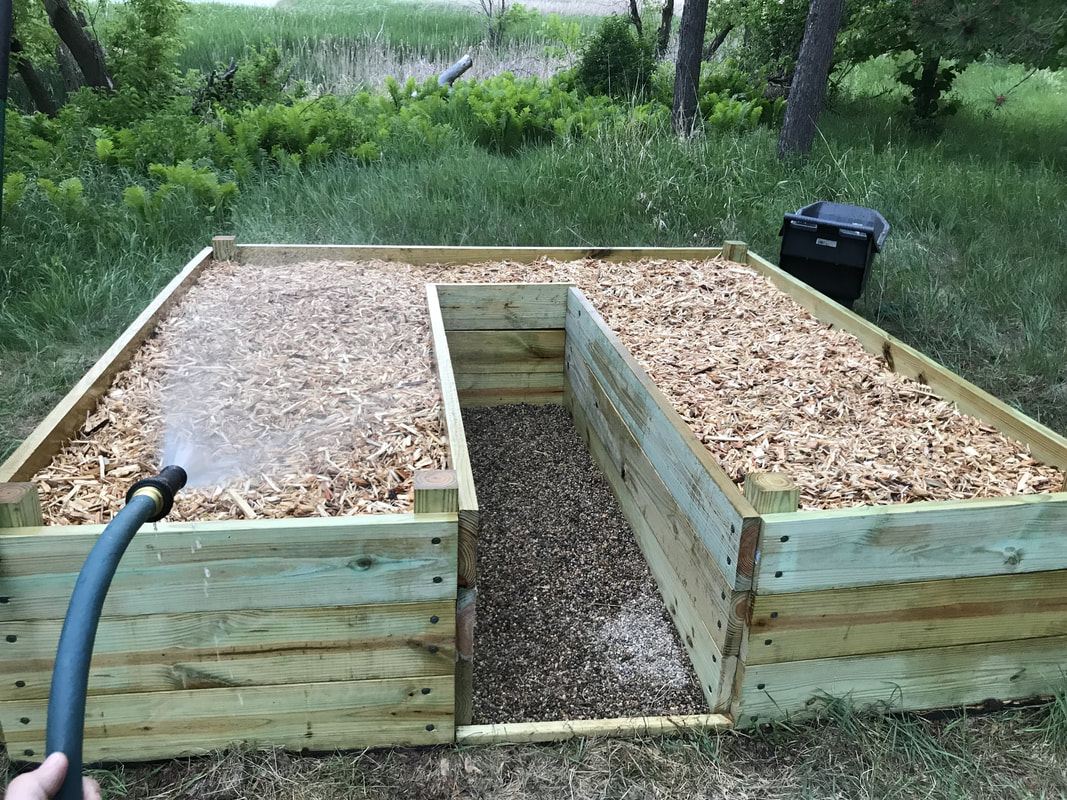
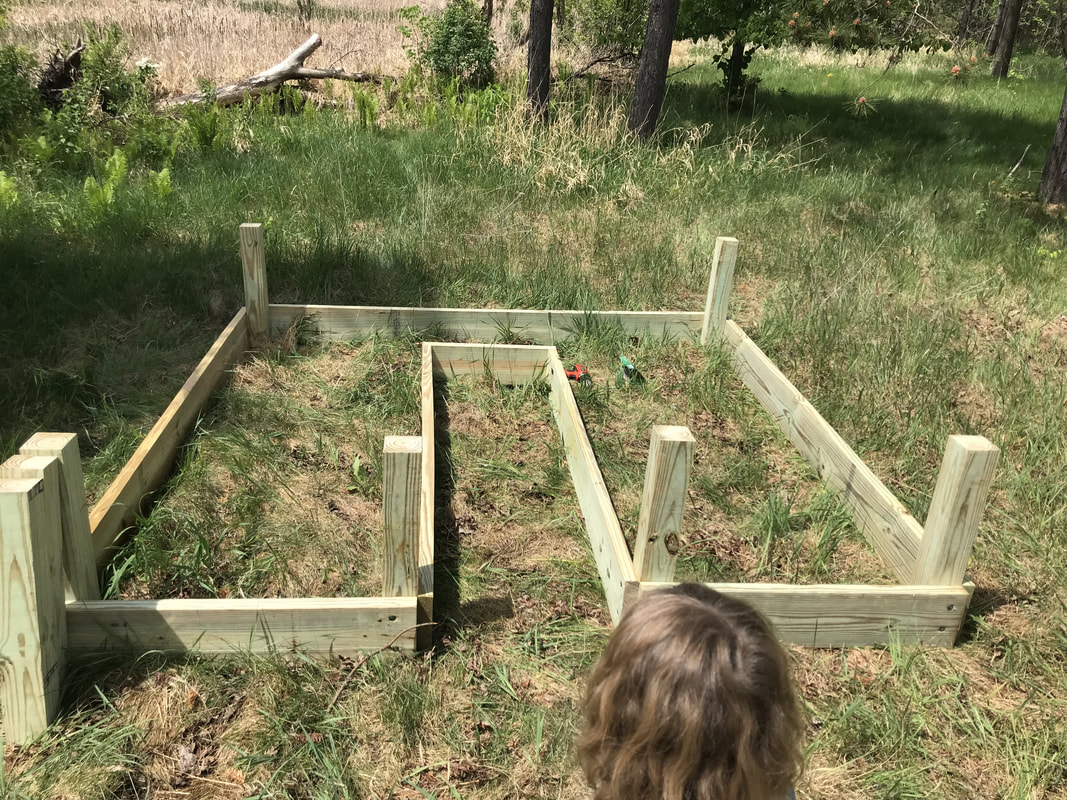
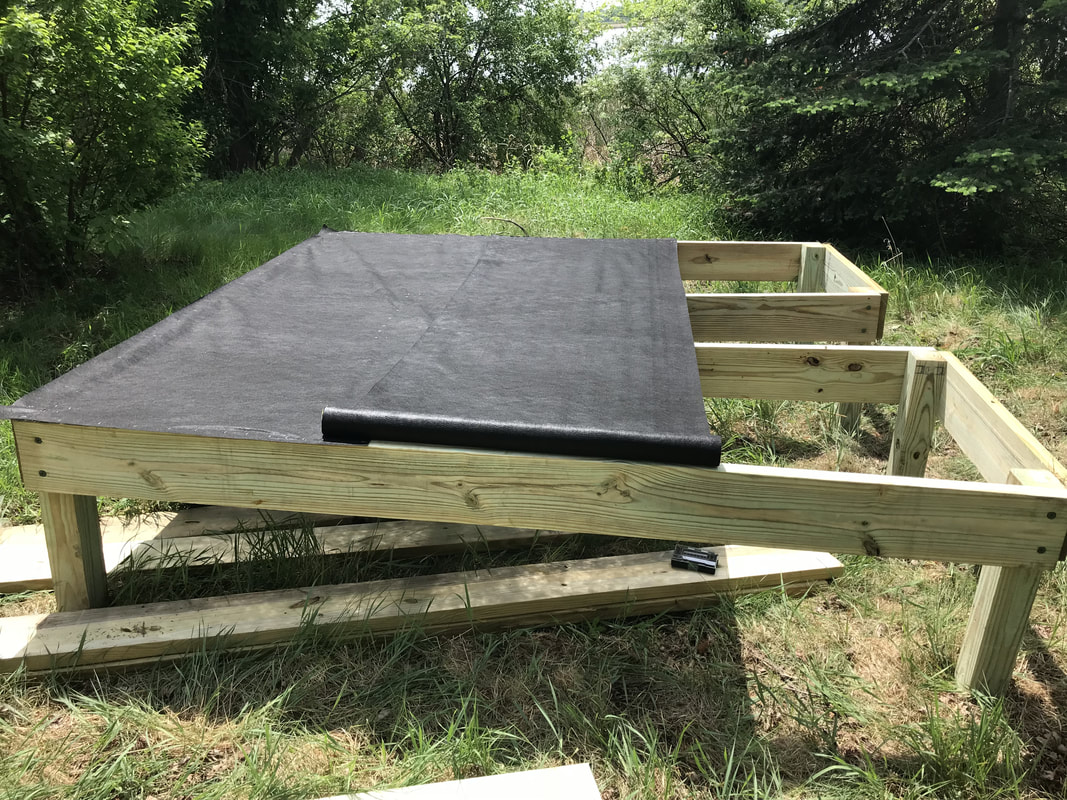
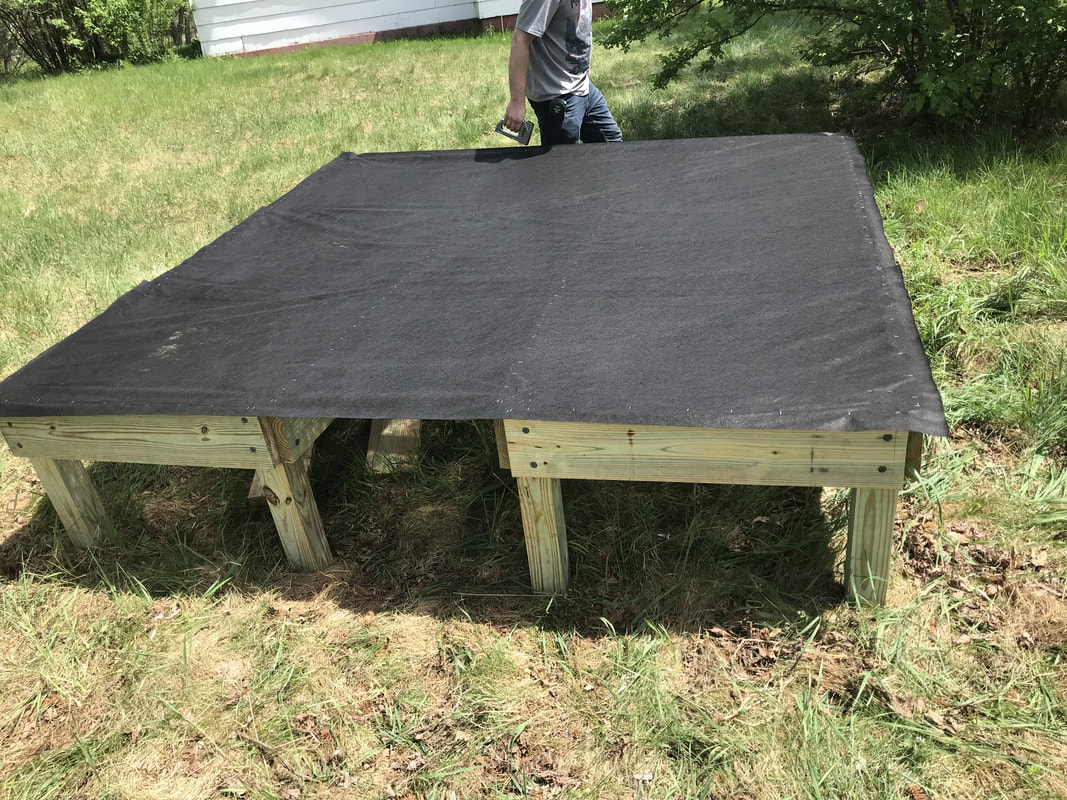
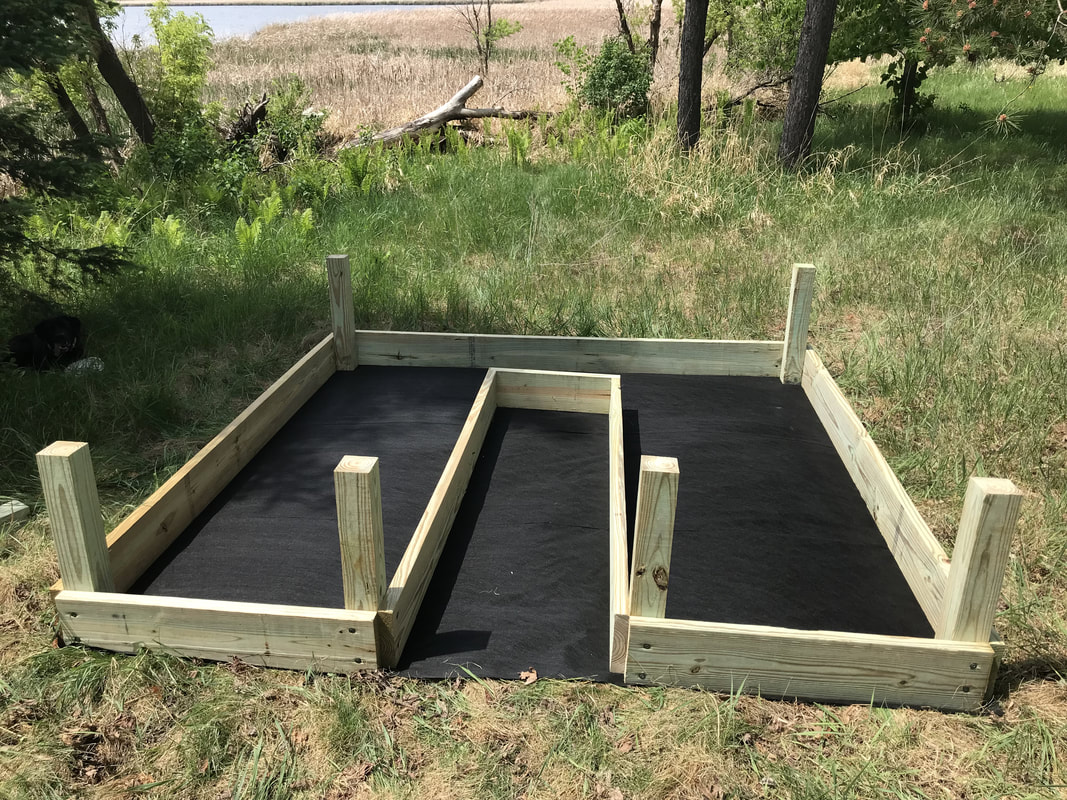
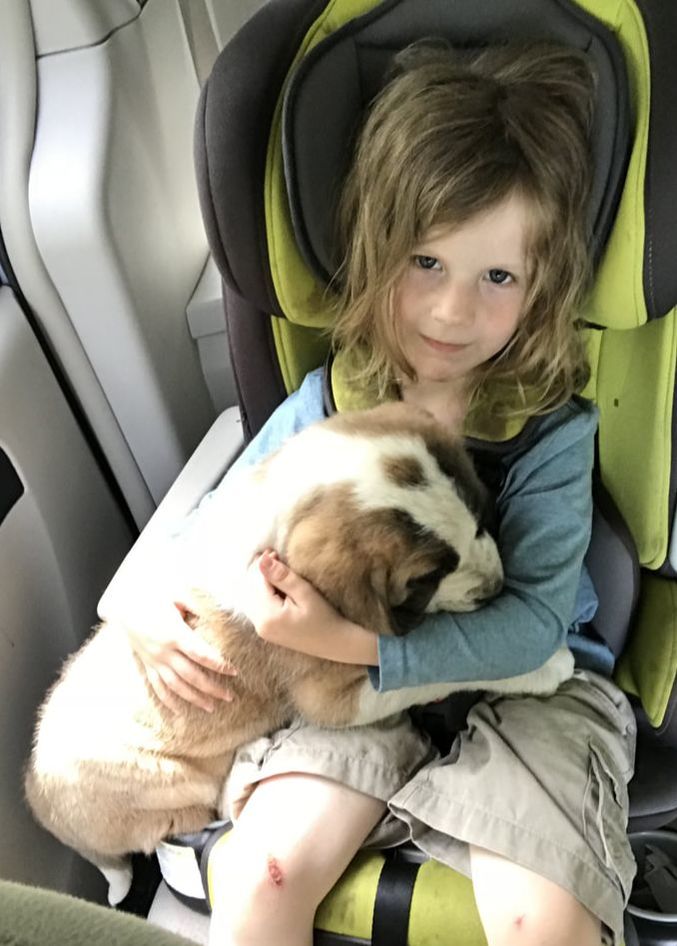
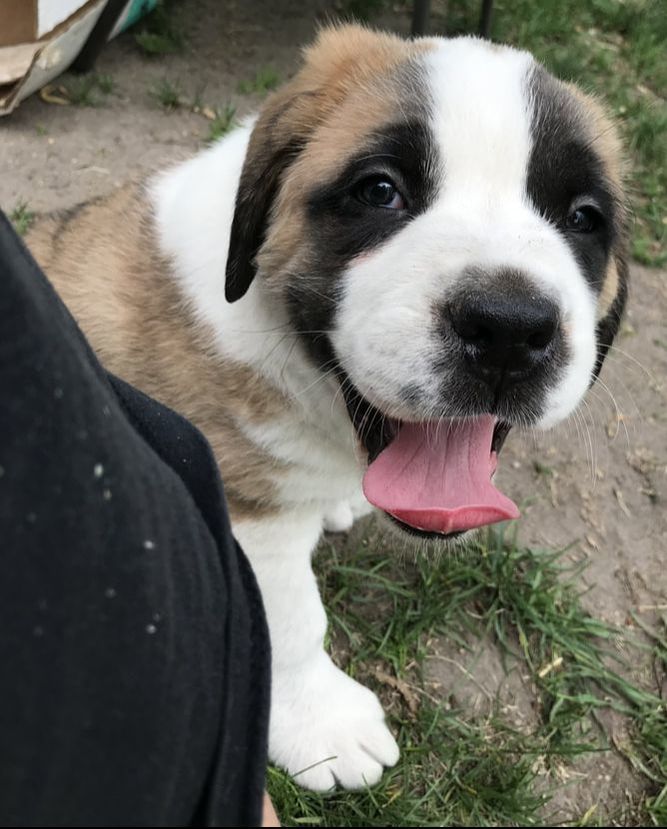
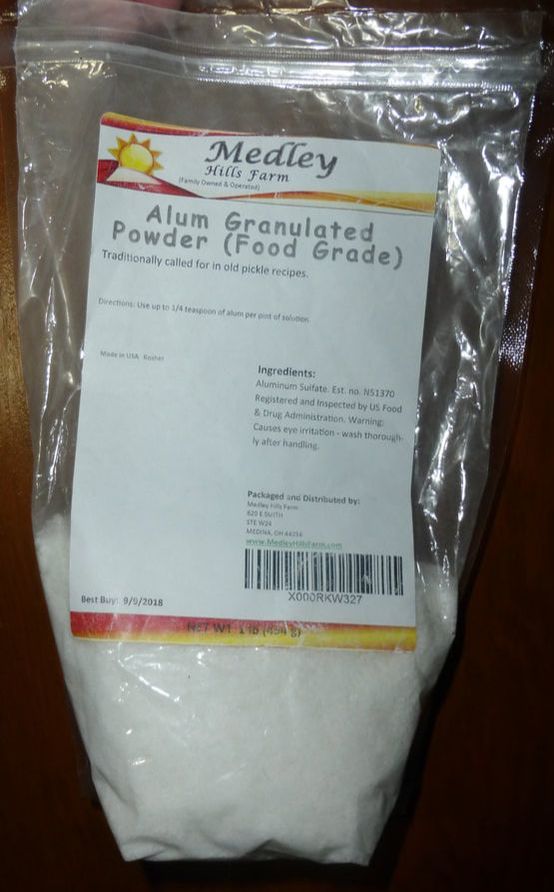
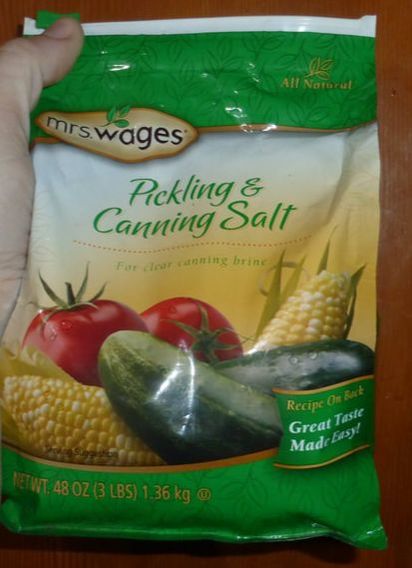
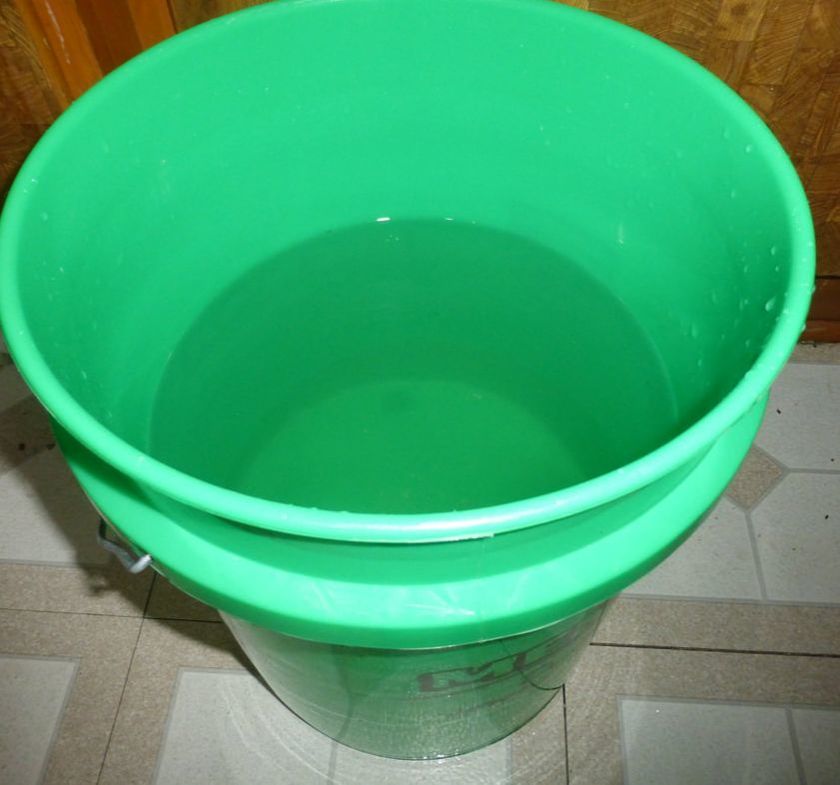
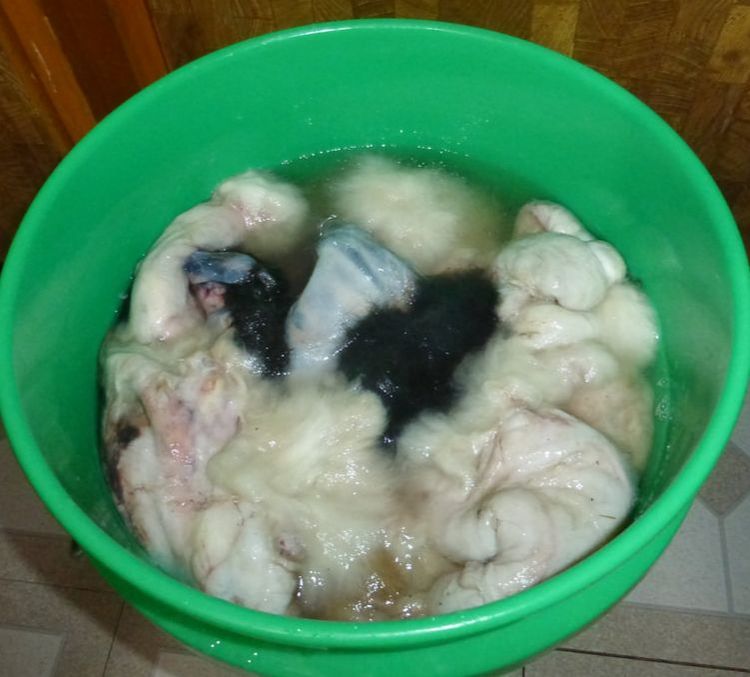
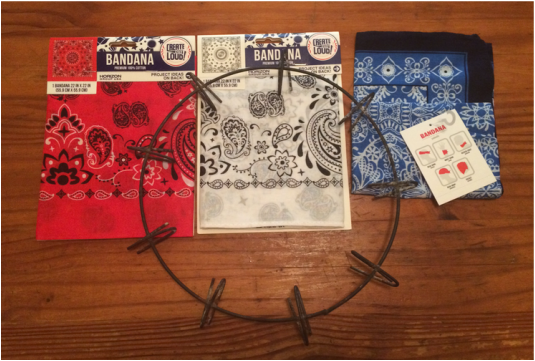
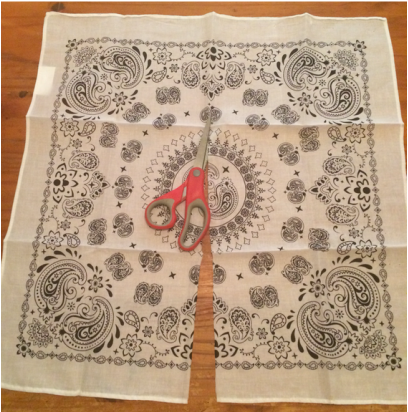
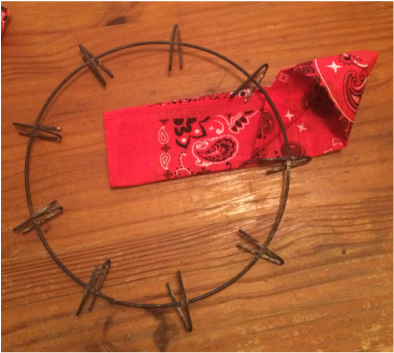
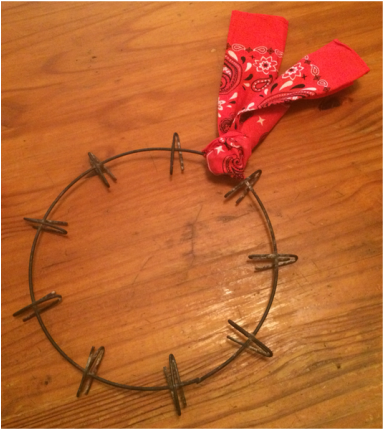
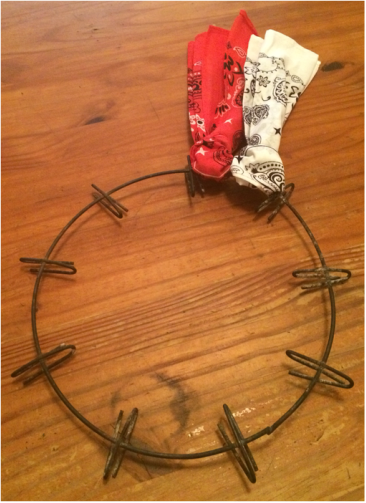
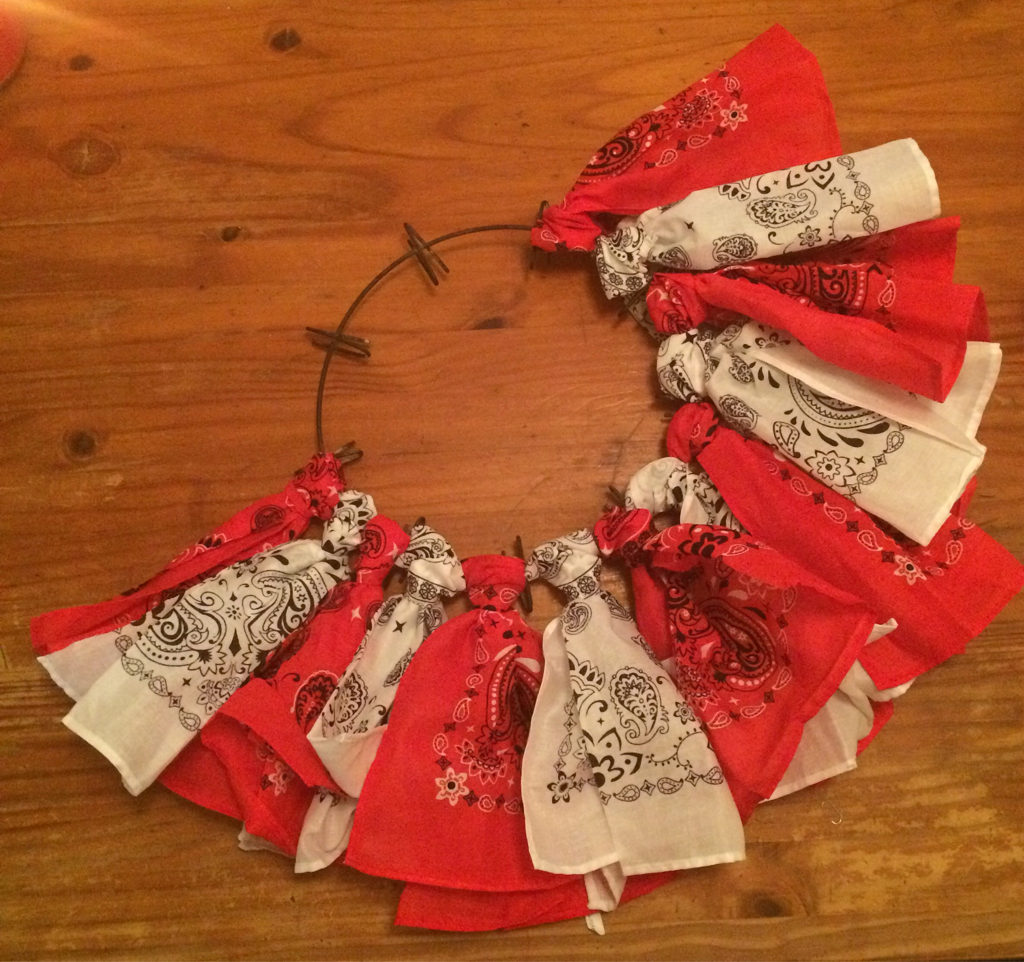
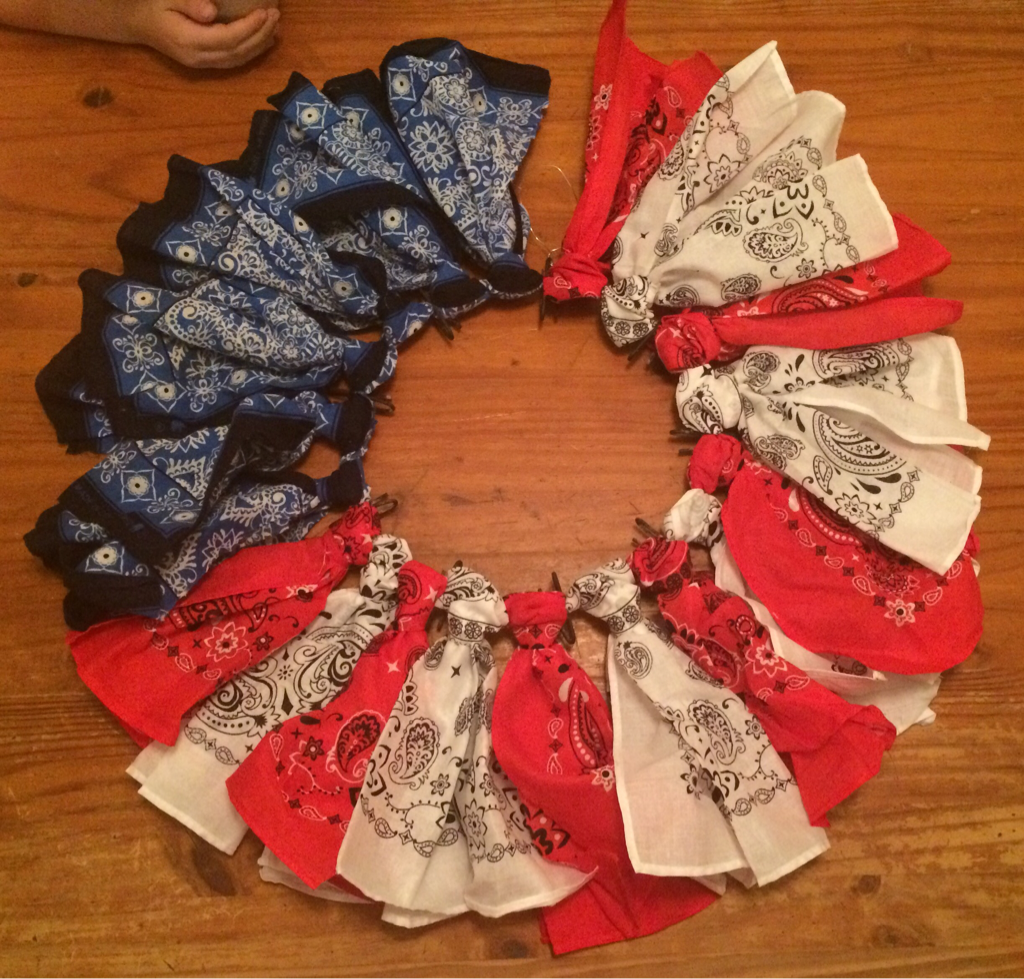
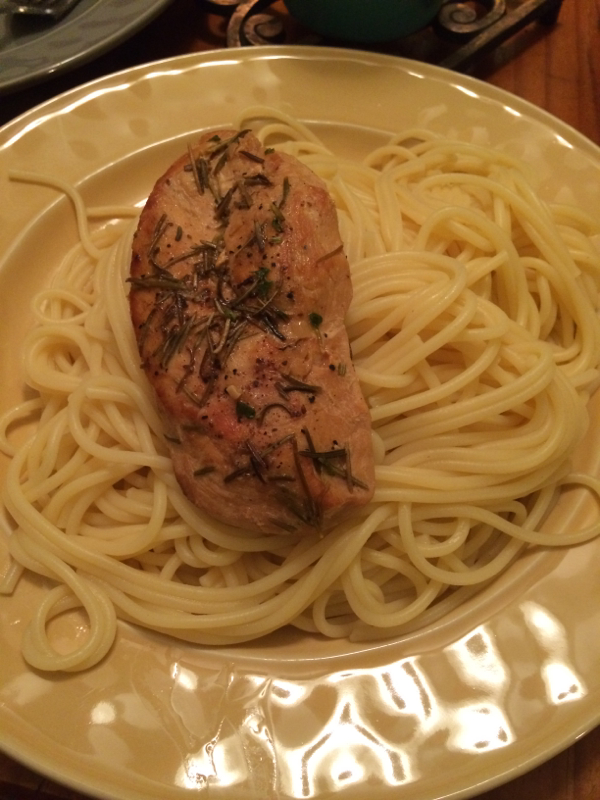
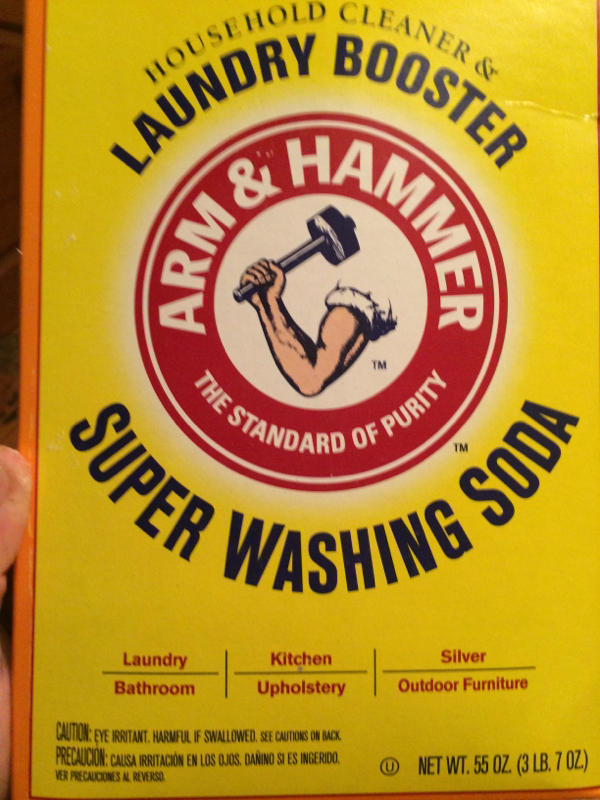
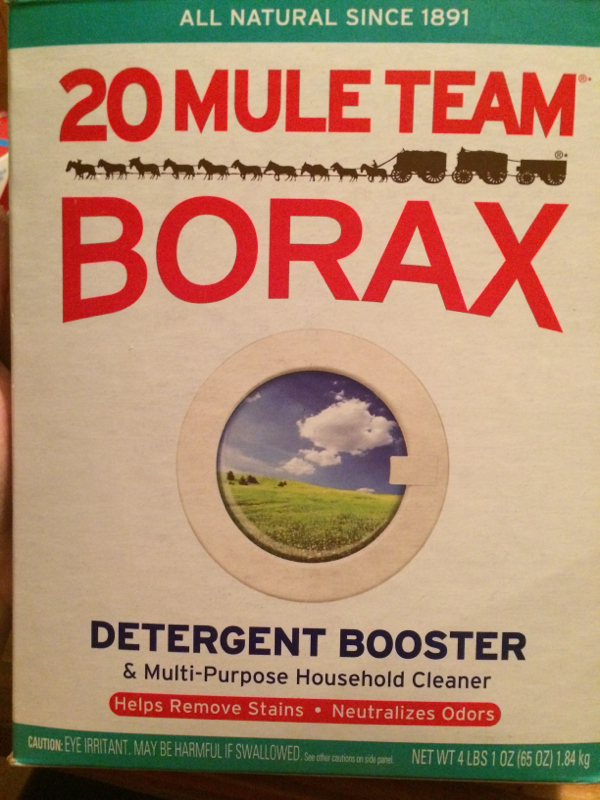
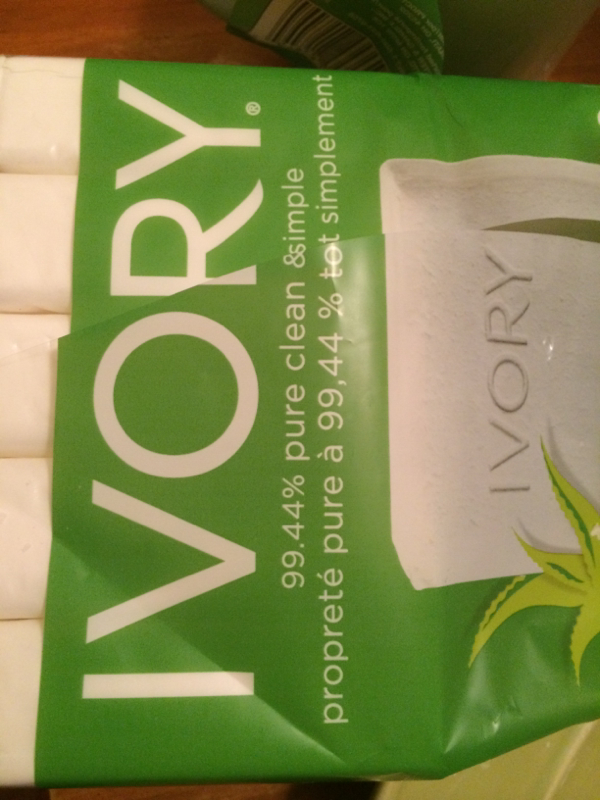
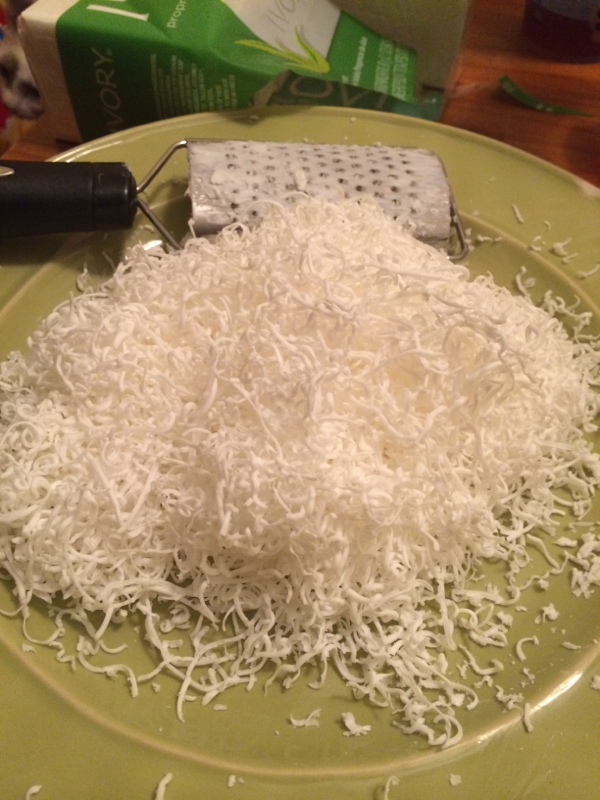
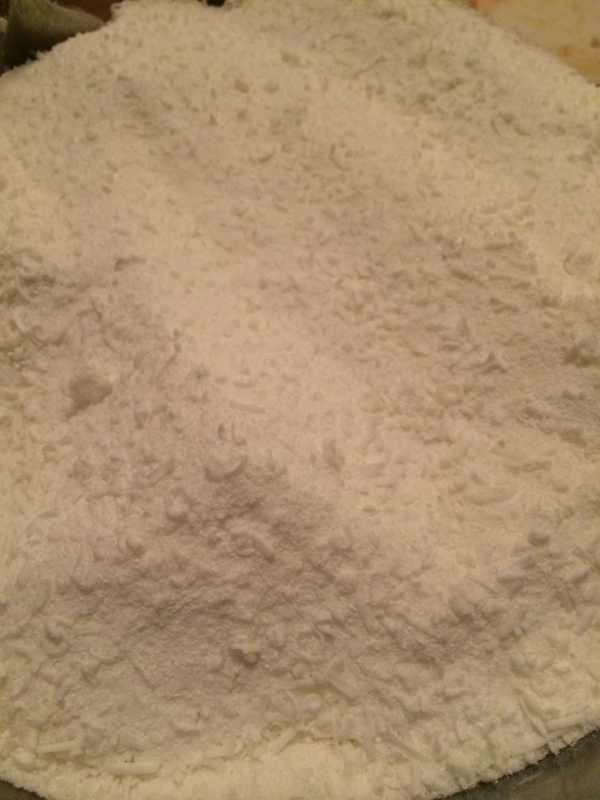
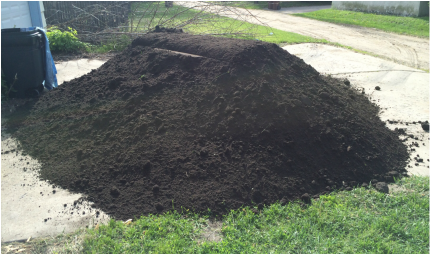
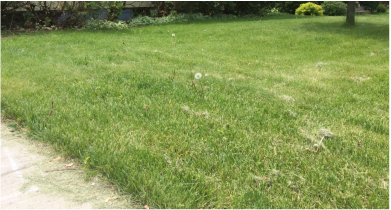
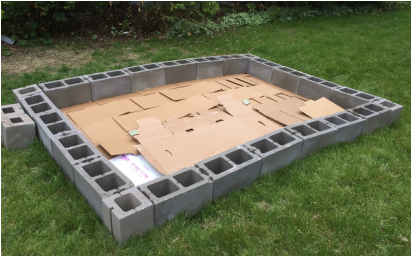
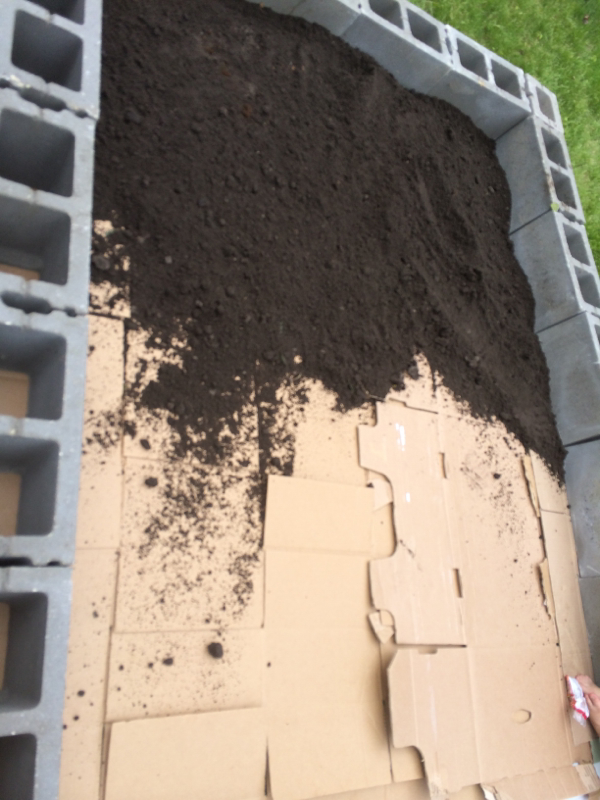
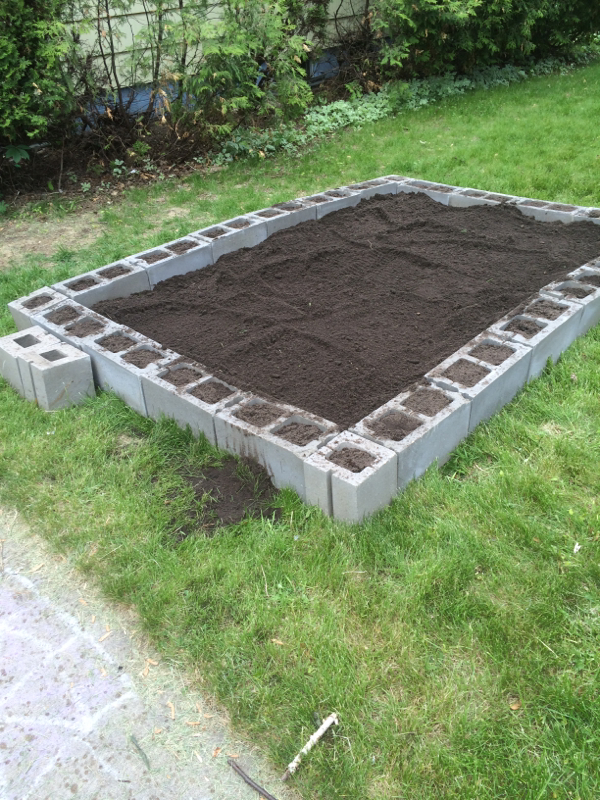

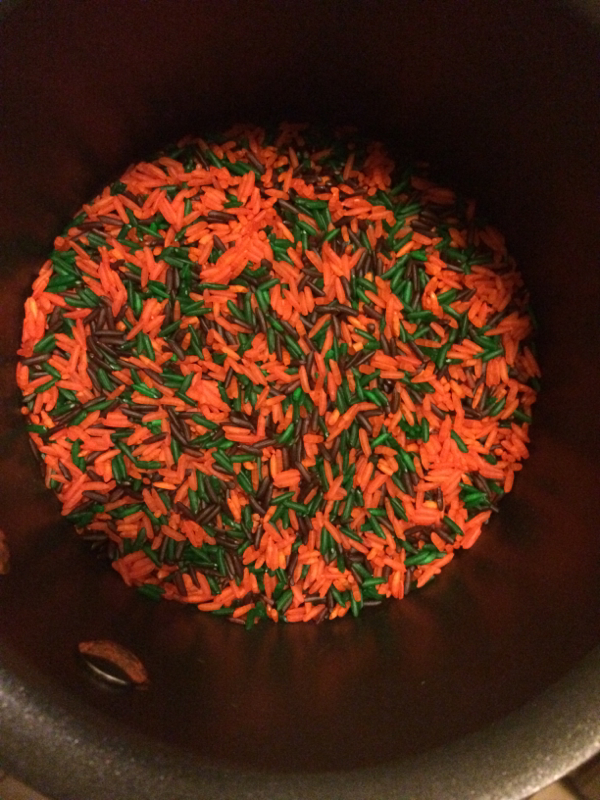
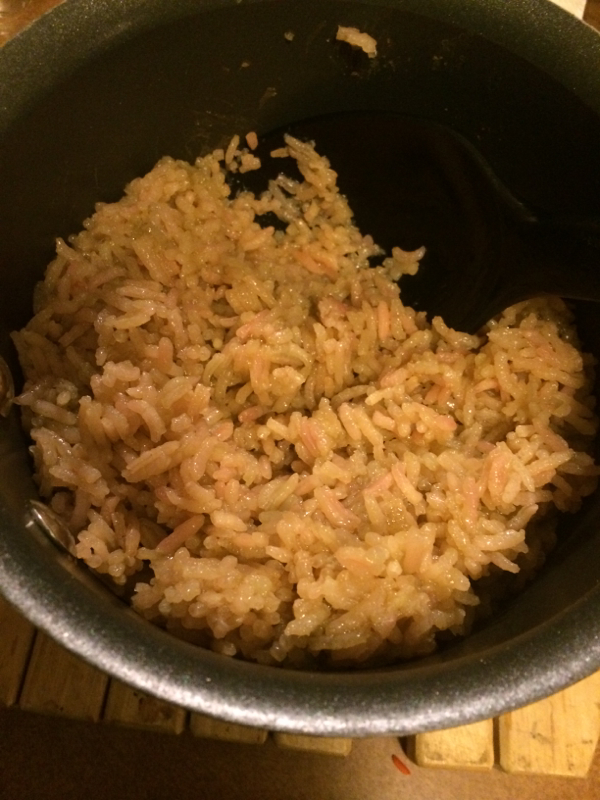
 RSS Feed
RSS Feed
